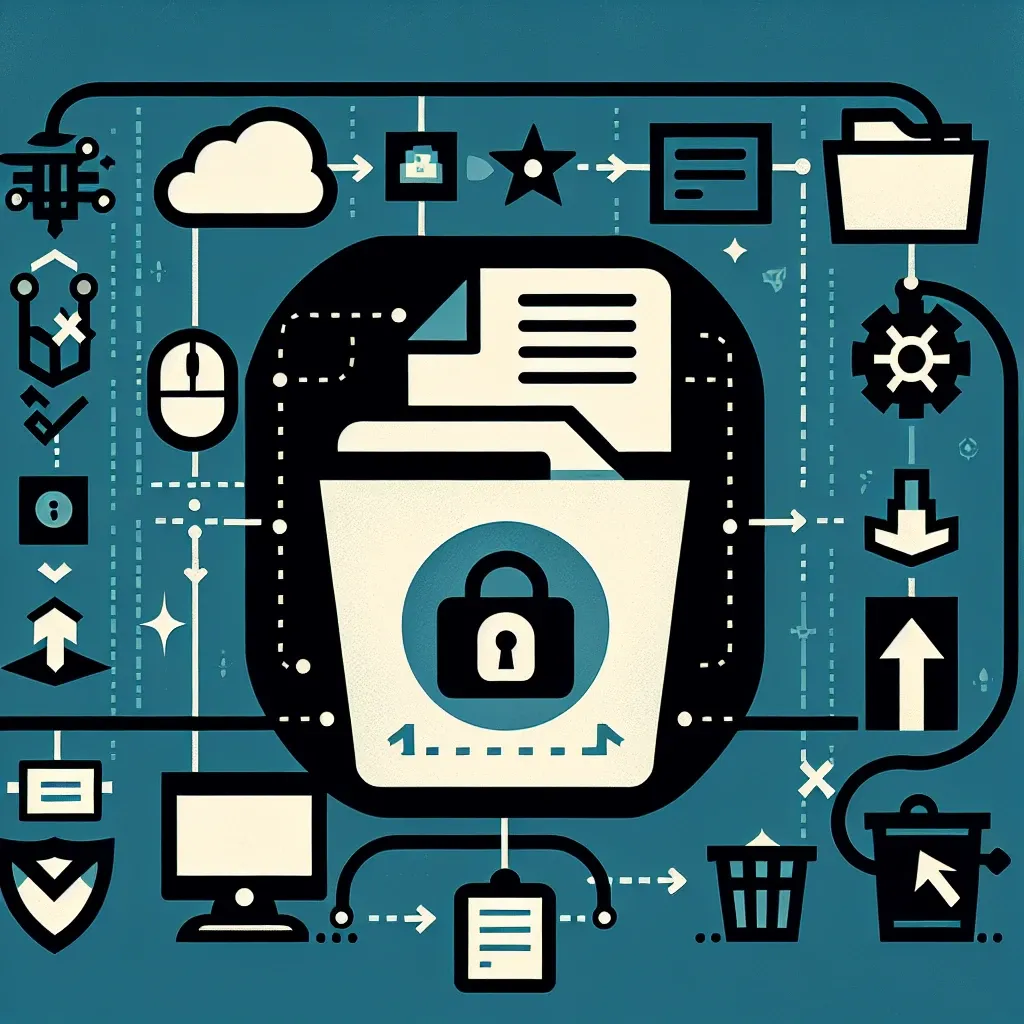Managing files on your computer can occasionally be a challenging task, especially when you encounter a file that is marked as ‘read-only.’ Such files can be particularly stubborn if you need to delete them. This article provides comprehensive steps to delete read-only files efficiently. Whether you are using Windows, macOS, or Linux, we’ve got you covered.
Understanding Read-Only Files
Read-only files are designed to prevent accidental modification or deletion. These files can be opened and read, but you cannot modify or delete them without changing their read-only status. Below is a table that shows how different operating systems handle read-only files:
| Operating System | Read-Only Attribute | Method to Remove Read-Only |
|---|---|---|
| Windows | File Properties | Graphical User Interface, Command Prompt |
| macOS | File Permissions | Finder, Terminal |
| Linux | File Permissions | Terminal |
How to Delete Read-Only Files in Windows
Using the Graphical User Interface
- Right-click on the read-only file you want to delete.
- Select ‘Properties’ from the context menu.
- Under the ‘General’ tab, locate the ‘Attributes’ section.
- Uncheck the ‘Read-only’ checkbox.
- Click ‘Apply’, then ‘OK’.
- Now, attempt to delete the file as usual.
Using Command Prompt
- Press Windows Key + X and select ‘Command Prompt (Admin)’ from the menu.
- Navigate to the directory where the read-only file is located using the cd command.
- Run the following command to remove the read-only attribute:
attrib -r filename. Replace filename with the name of your file. - Once the attribute is removed, delete the file using:
del filename
How to Delete Read-Only Files in macOS
Using Finder
- Open Finder and navigate to the read-only file.
- Right-click the file and select ‘Get Info’.
- In the info window, scroll down to find the ‘Sharing & Permissions’ section.
- Click the lock icon at the bottom right corner and enter your administrator password to make changes.
- Set your user account to have ‘Read & Write’ permissions.
- Close the info window and delete the file as usual.
Using Terminal
- Open Terminal from the Applications:Utilities folder or by searching ‘Terminal’ in Spotlight.
- Navigate to the directory containing the read-only file using the cd command.
- Change the file’s permissions by using the following command:
chmod +w filename. Replace filename with the name of your file. - Once the permissions are changed, delete the file using:
rm filename
How to Delete Read-Only Files in Linux
Using Terminal
- Open Terminal from your application menu or by pressing Ctrl + Alt + T.
- Navigate to the directory where your read-only file is stored using the cd command.
- Change the file’s permissions by executing:
chmod +w filename. Replace filename with the actual file name. - Once permissions are updated, delete the file using:
rm filename.
Troubleshooting Common Issues
If you are facing difficulties while deleting read-only files, consider the following troubleshooting tips:
- Ensure you have administrative or root permissions, as deleting certain files may require elevated privileges.
- Double-check the file’s location to make sure it is not currently in use.
- If you still can’t delete the file, reboot your system and try again.
- Look for any software that might protect files from modification or deletion and temporarily disable it.
Conclusion
Removing read-only files doesn’t have to be a complex task. By following the steps outlined in this guide, you can easily delete read-only files irrespective of the operating system you are using. Make sure to understand the nature of the file and its importance before removing it to avoid any unintended consequences.

